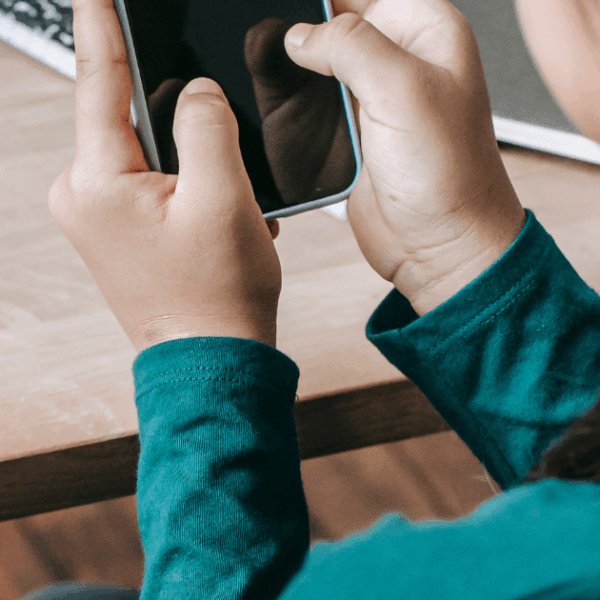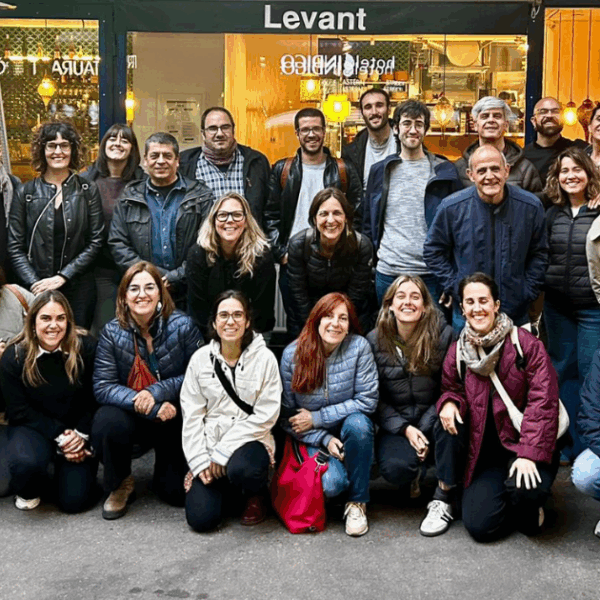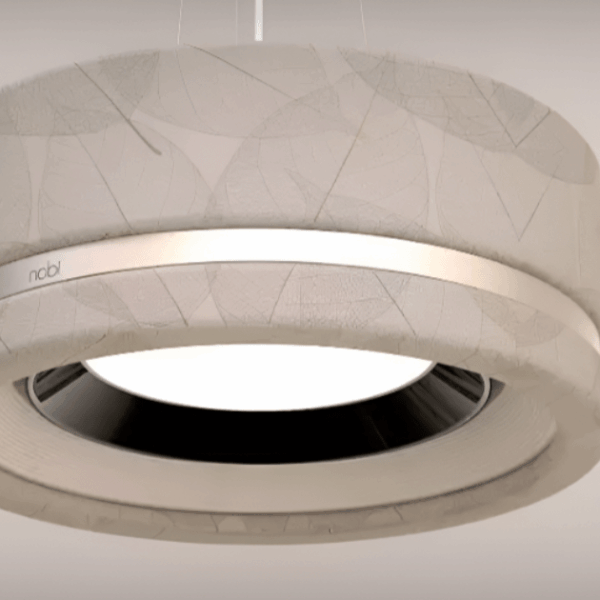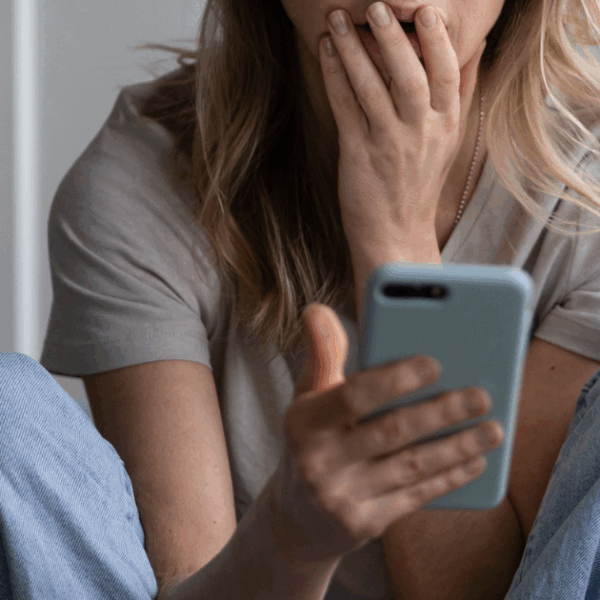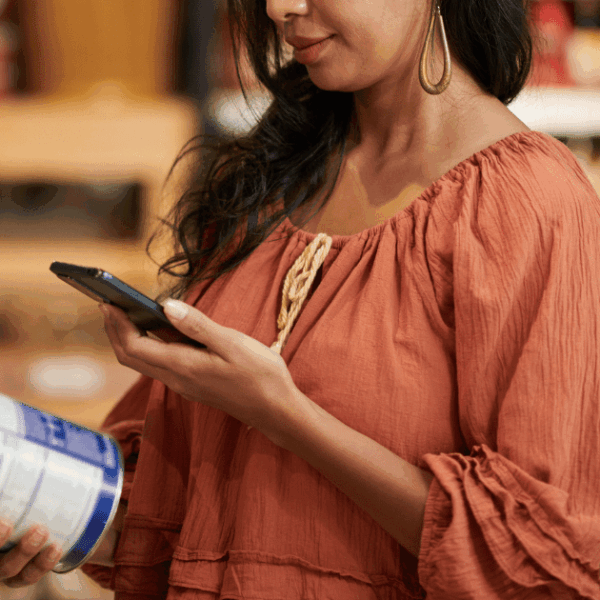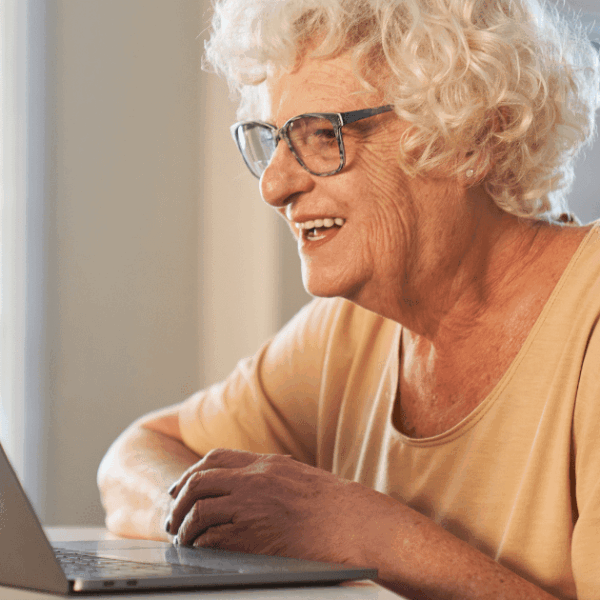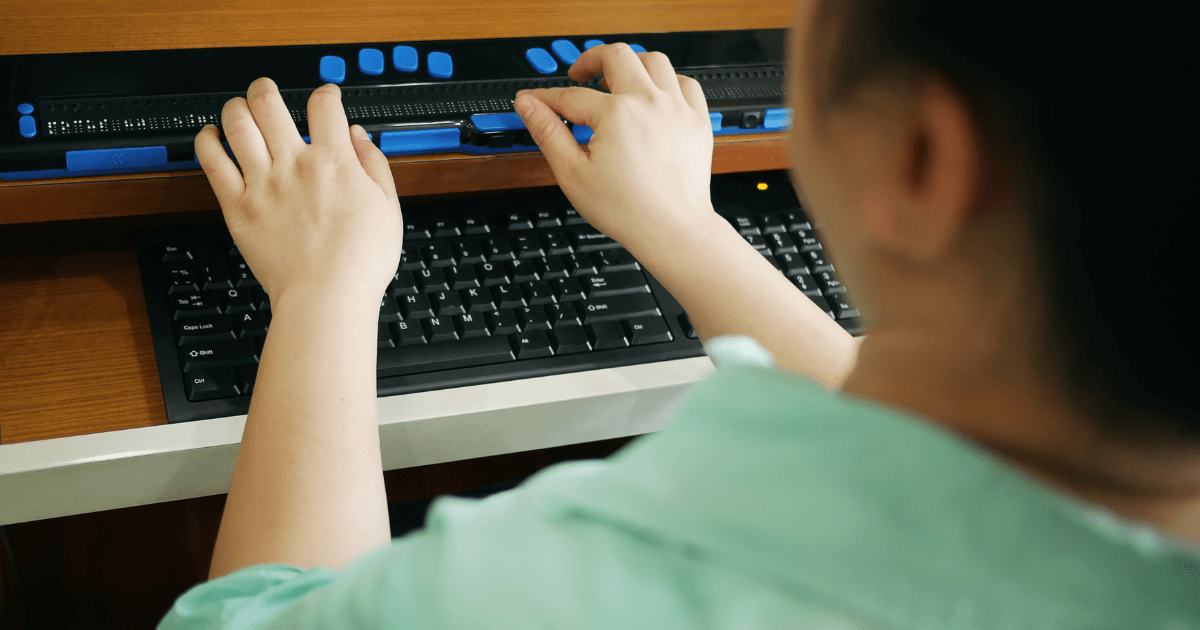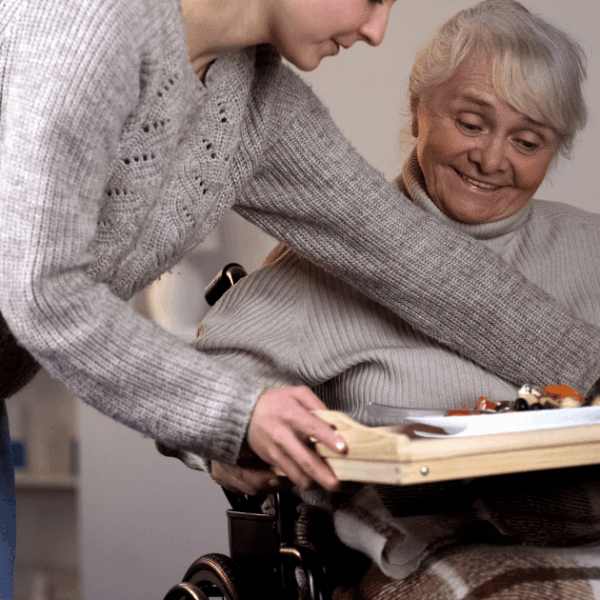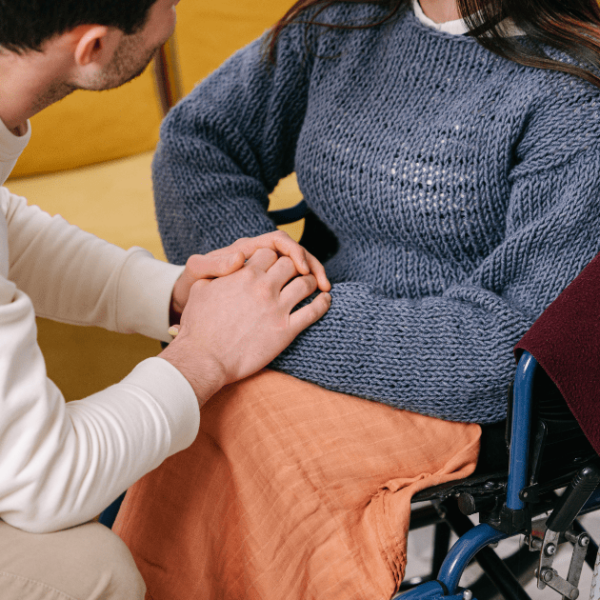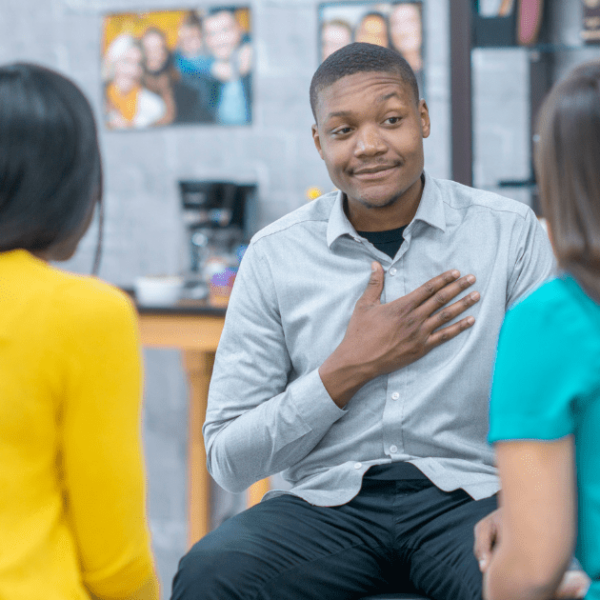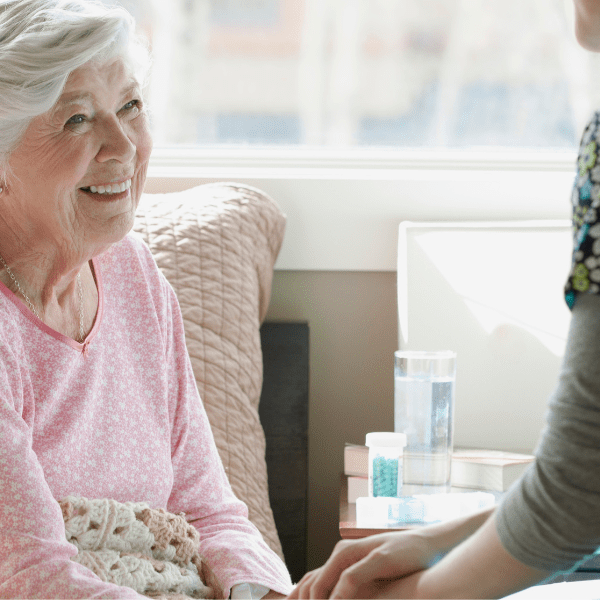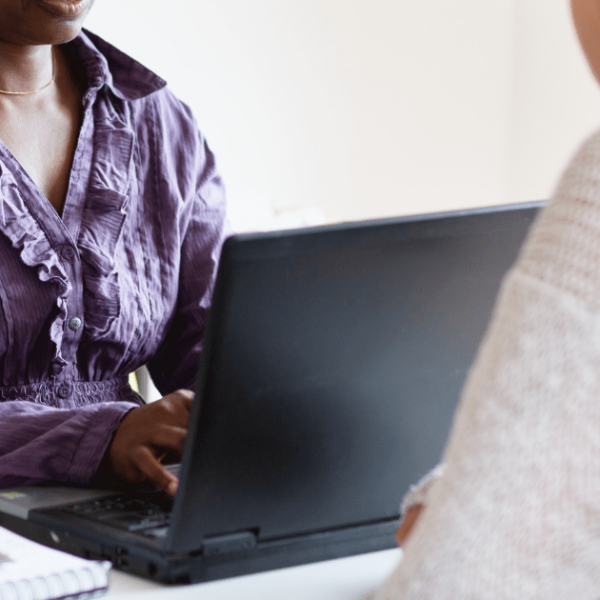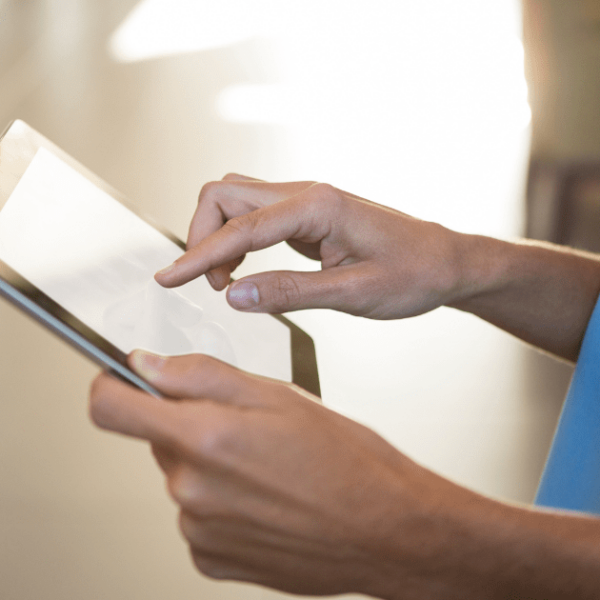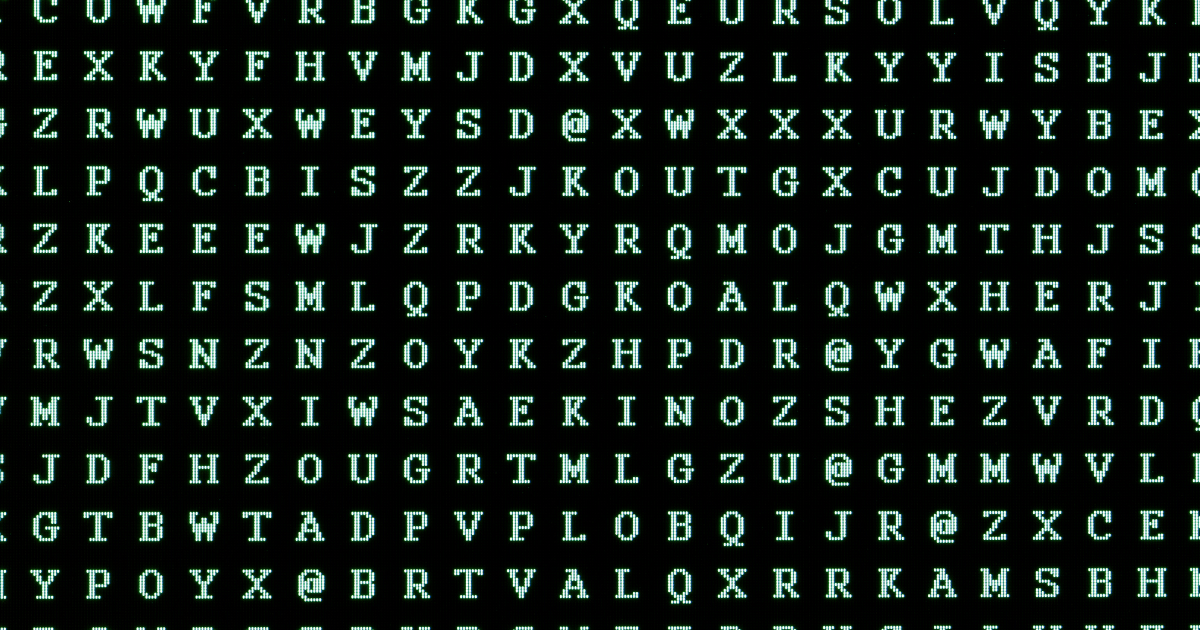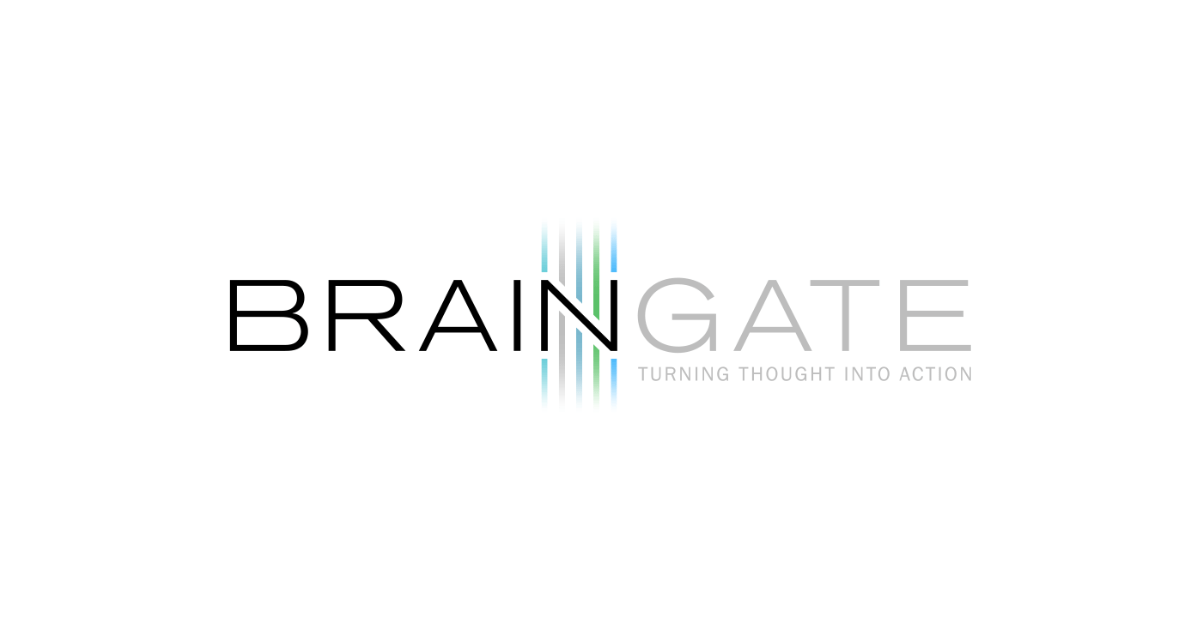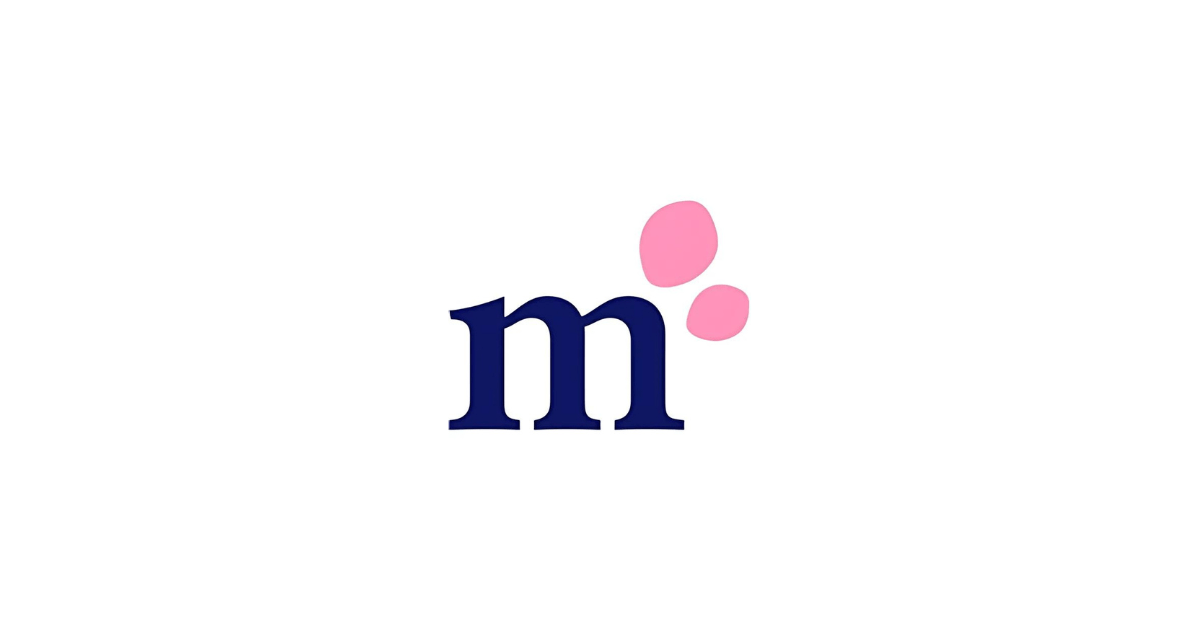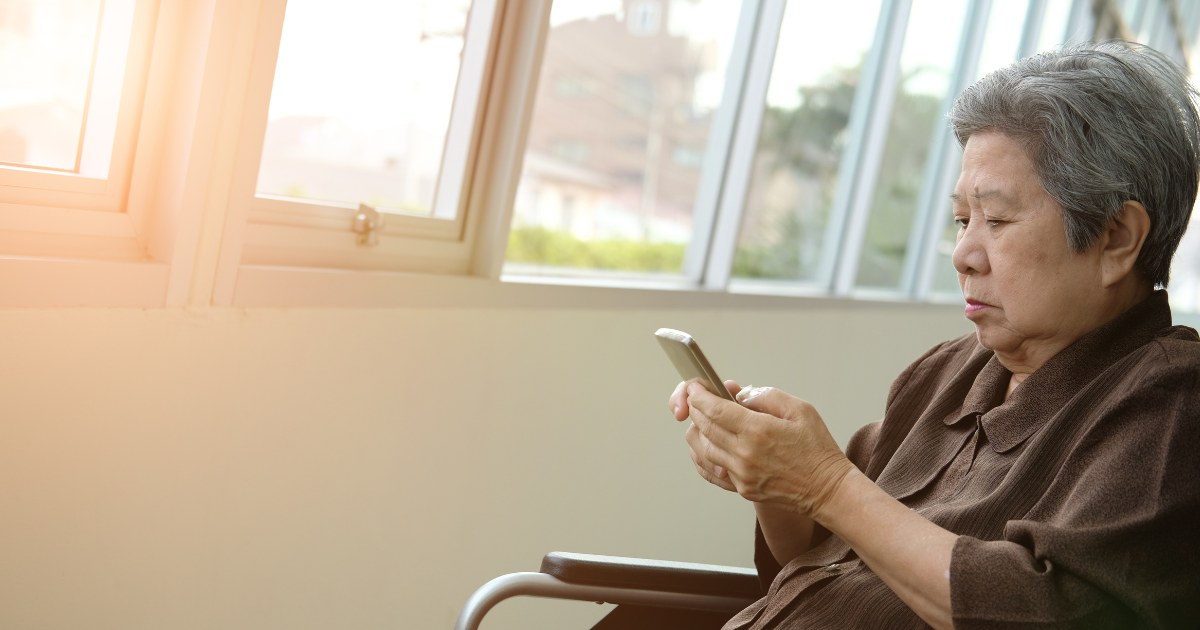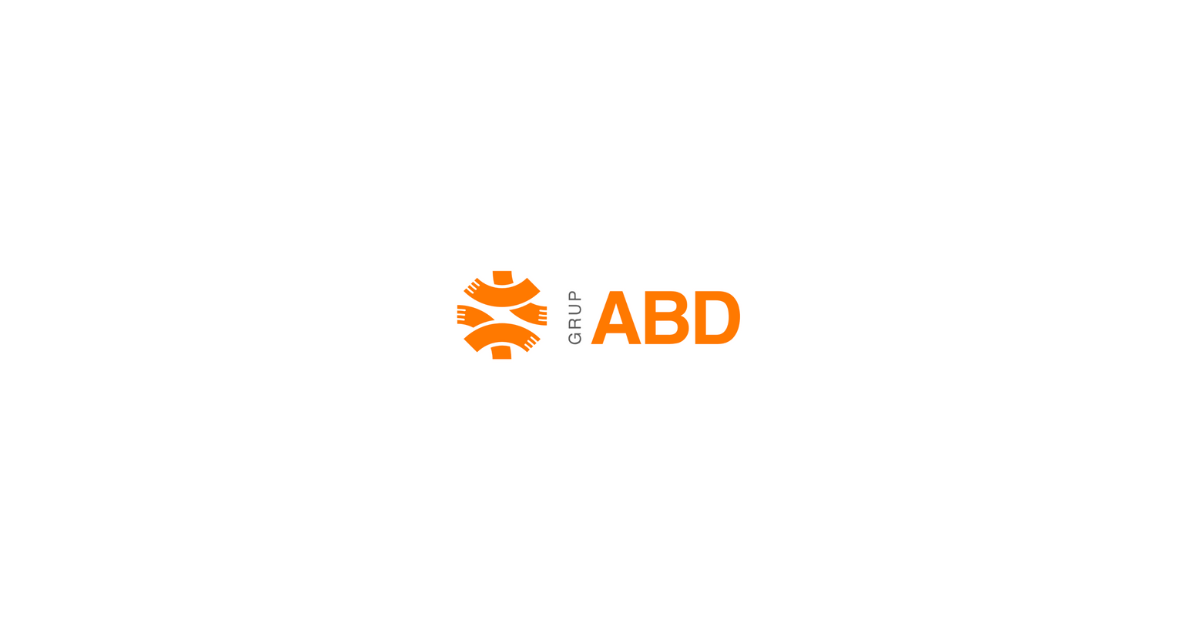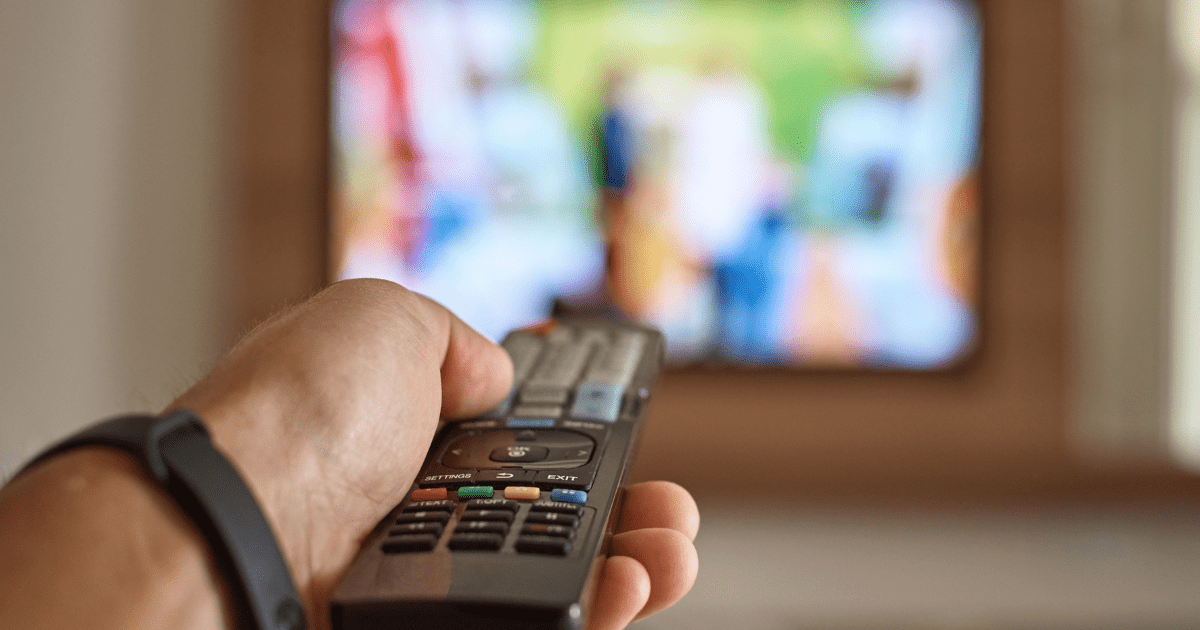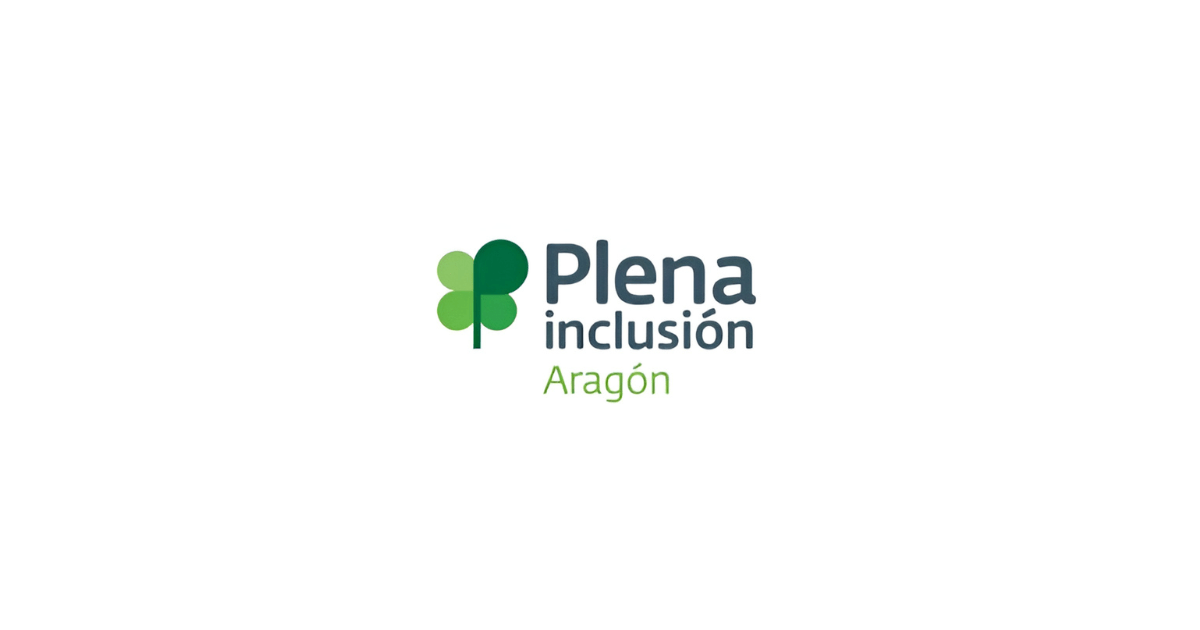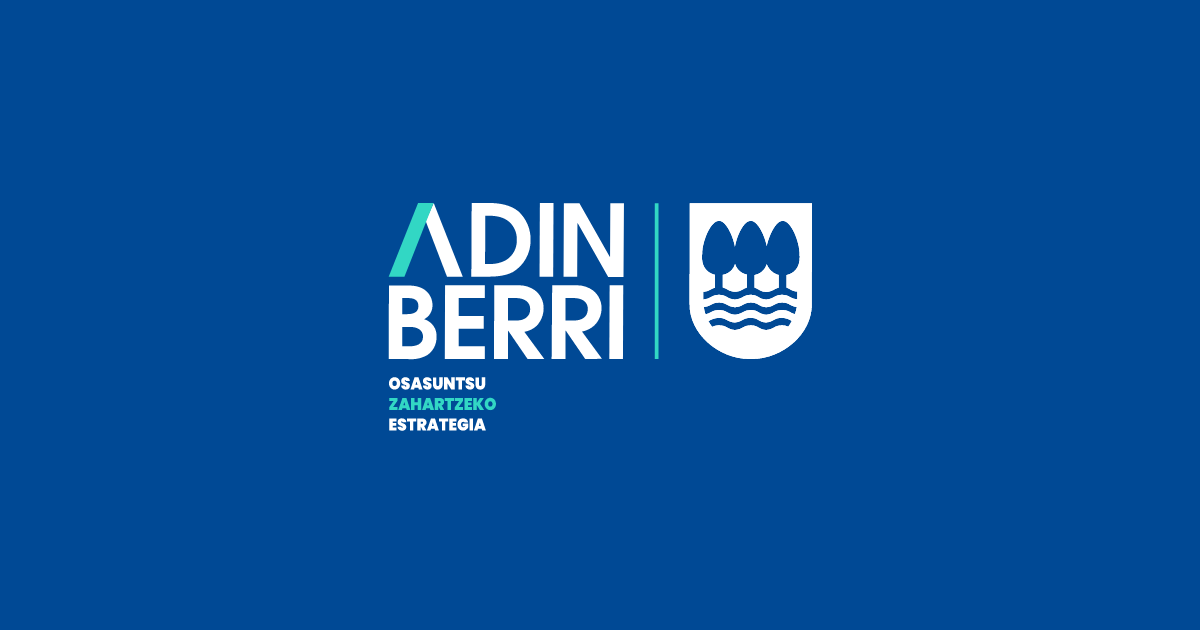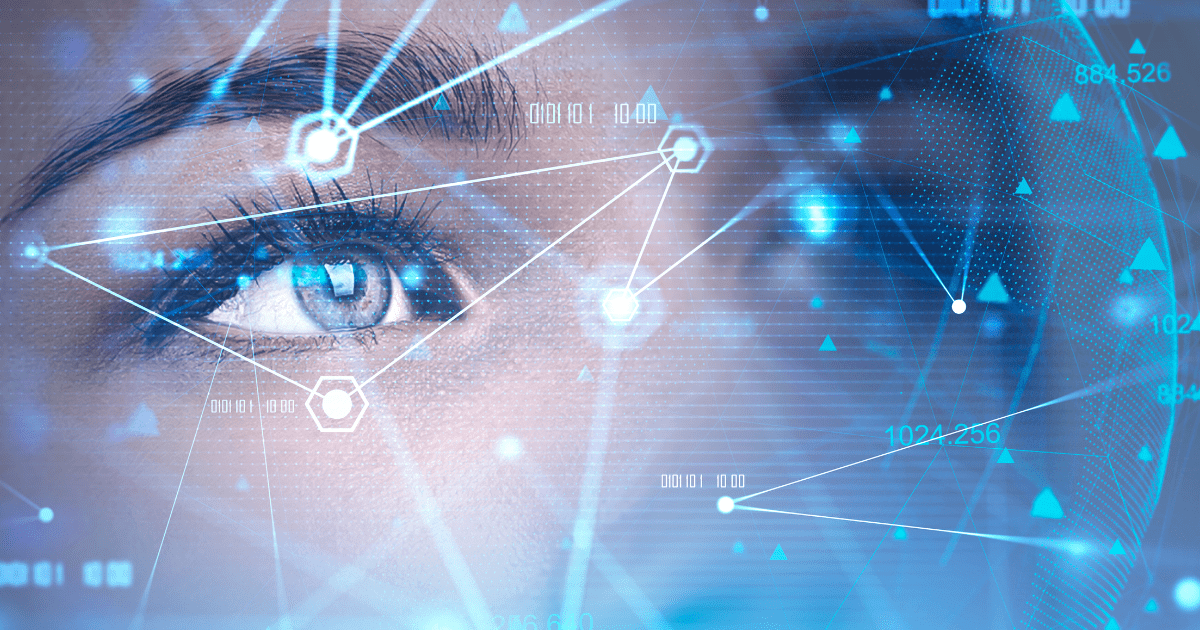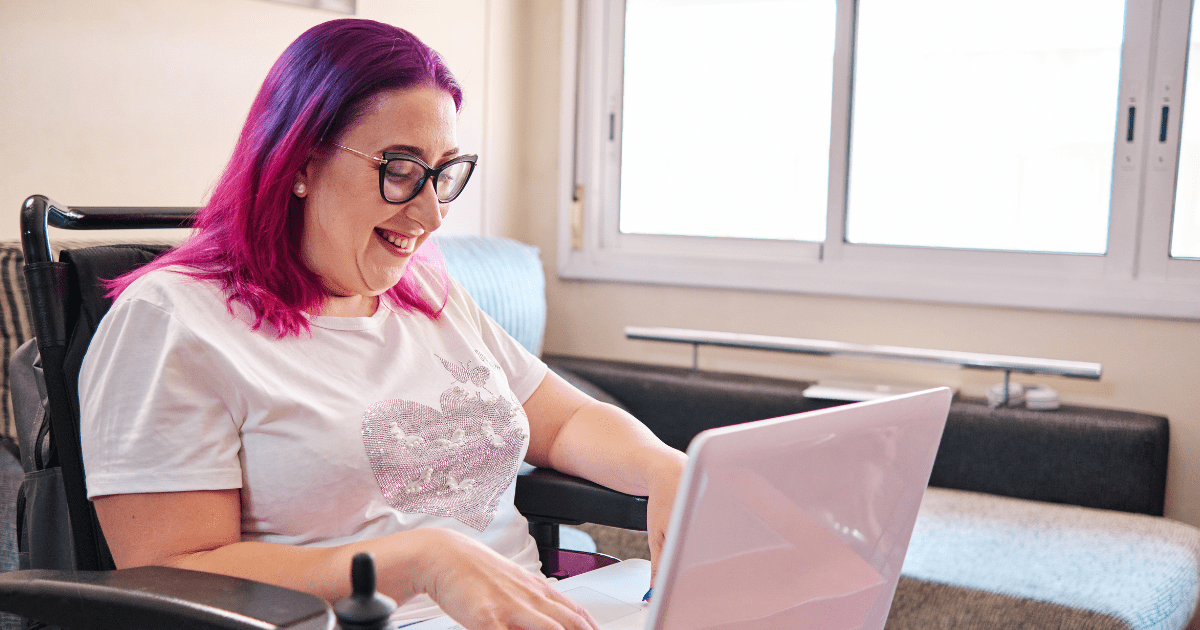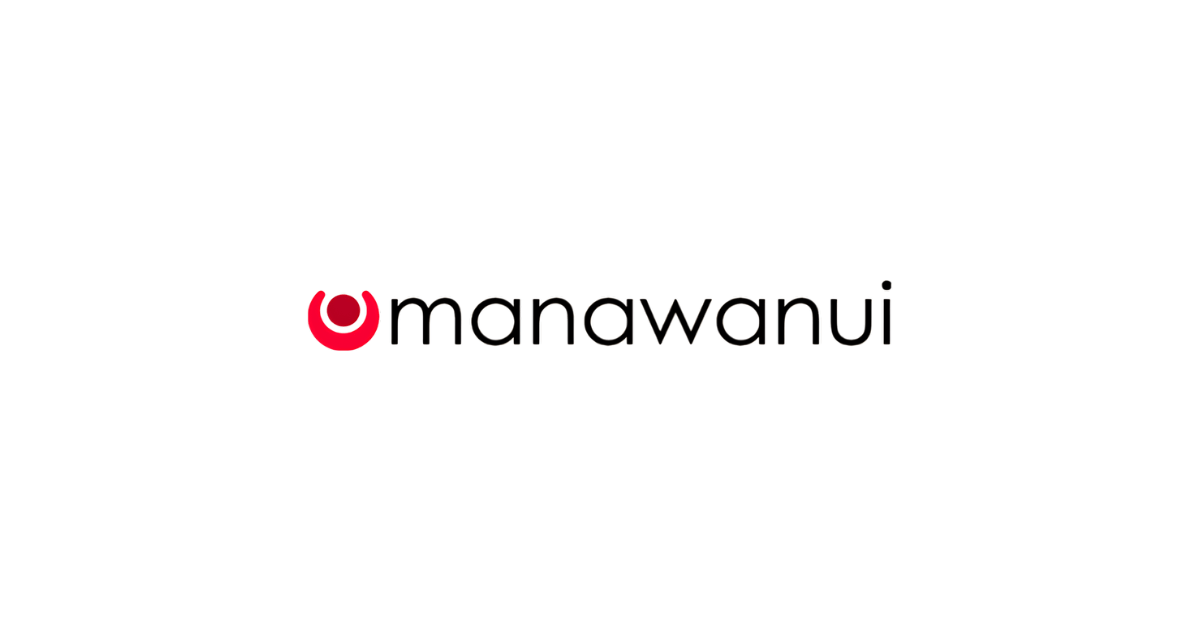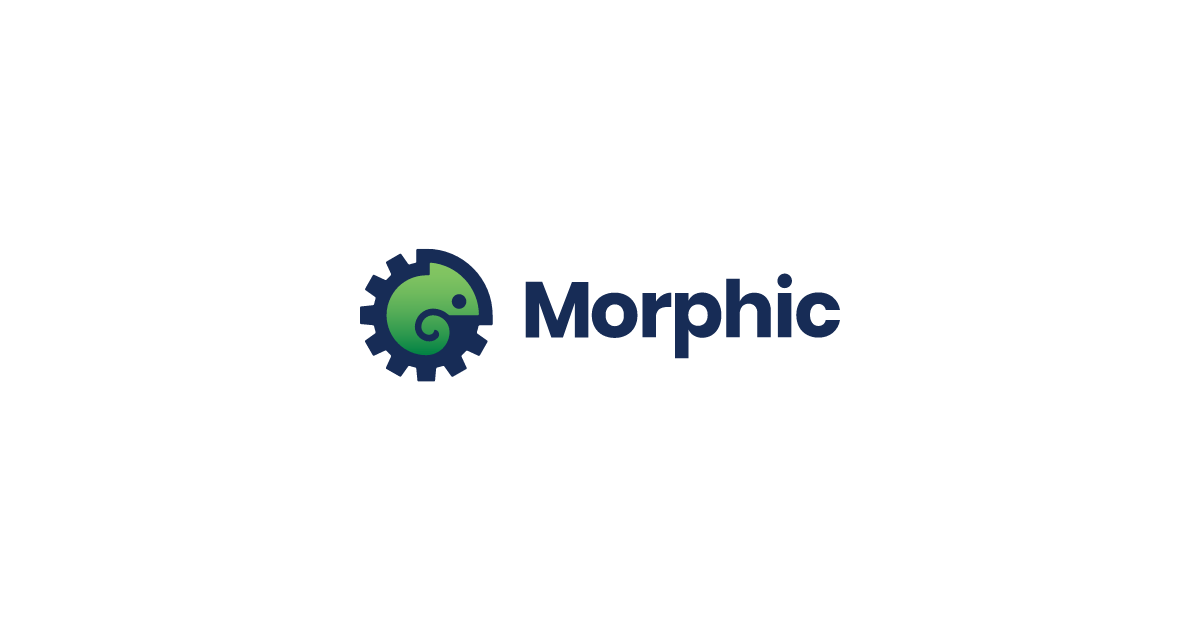VinculApp, mobile application to facilitate leisure for people with disabilities
VinculApp, mobile application to facilitate leisure for people with disabilities
Ampans
VinculApp, mobile application to facilitate leisure for people with disabilities
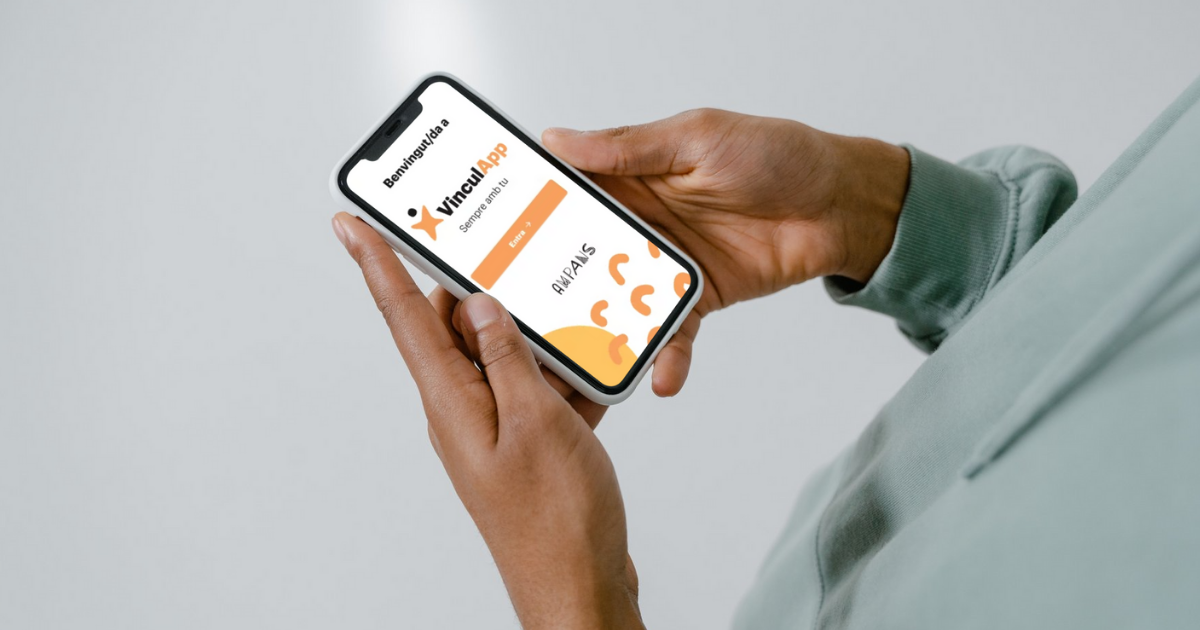
VinculApp is a mobile application created by the Ampans Foundation that facilitates access to a wide variety of resources and specialized services aimed at people with disabilities. Its main function is to gather activities and information with the goal of making it available to people with disabilities or mental health disorders, as well as their families.
The platform provides tools that facilitate the active participation of people with disabilities and mental health disorders in social and educational activities, with the aim of promoting their autonomy and inclusion in the community. It consists of three repositories divided into three sections: leisure activities, knowledge to empower the user, and contact with specialized professional services. It presents a description of what each place included in the app offers and provides a contact channel with the service. In addition, it groups different services into categories and allows filtering by area of interest.
It is characterized by its ease of use, with a user-friendly interface that makes navigation easy and allows quick and intuitive access to the features, adapting to the technological capabilities of the user. VinculApp is openly available to anyone who installs the app in Spain, and at the same time, it also provides specific and exclusive support to people receiving housing and daytime care services from the Ampans Foundation.
It features a private area that can be used by the families of people with disabilities to communicate with professionals from the different entities included in the app through an online chat. In this way, communication is streamlined, and an efficient collaborative model between families and professionals is promoted, improving the quality of care.
Collaboration with different entities and organizations in the sector ensures that VinculApp is constantly updated, with new functions and resources that address the changing needs of users. This ensures that the app remains relevant and useful for those who use it. On the other hand, cooperation with professionals in the social field contributes to guaranteeing the quality and effectiveness of the services presented through the platform.
Characteristics of innovation
Location
España
Partners / Funders
City Council of Manresa, Sant Andreu Salut, Ampans, Foundation Althaia, Technology Center of Catalonia.
Genesis
VinculApp was created by Ampans and is part of the PECT Bagess project, launched in 2021 and coordinated by the Manresa City Council with the participation of various entities from the socio-health sector in the Bages region
Implementation level
In 2023, VinculApp was a finalist in the digital innovation category of the CSMC awards
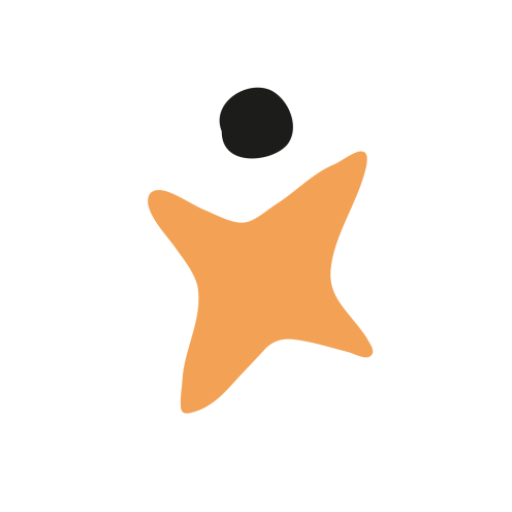
Banc d’innovacions

